How to choose the right car for traveling around Phuket
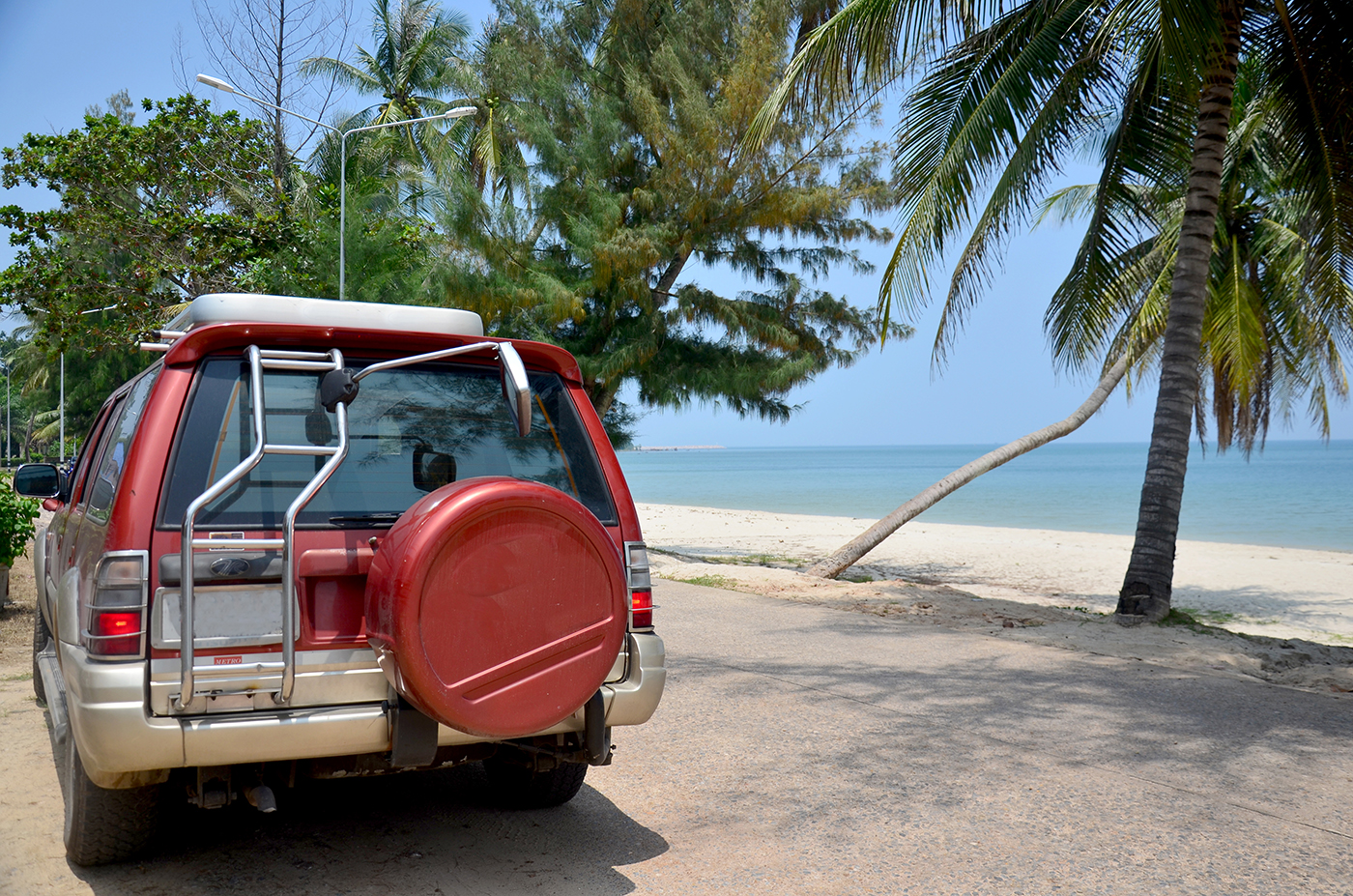
Renting a car in Phuket is one of the best ways to explore the island. A car allows you to plan your own routes, reach the most remote beaches, viewpoints, and restaurants, and travel beyond the island. But to make your trip as comfortable and safe as possible, it is important to choose the right car. Let’s take a look at what to look for.
Road conditions and destinations
The roads in Phuket are generally in good condition, but not all routes are equally easy. If you plan to stick to the main beaches and the center of the island, a compact car will suffice. However, for trips along winding roads, to viewing platforms (for example, to the Big Buddha or Radar Hill), as well as for trips outside Phuket towards Khao Lak or Cheo Lan Lake, it is better to choose a crossover or SUV. They will provide more confident driving on ascents and descents.
Some rental companies impose restrictions: mileage limits or a ban on leaving the island without prior approval. Clarify these details before renting.
Conclusion: a compact car is suitable for standard routes, but for long-distance and extreme trips, it is better to choose a car with high ground clearance and power.
Car classes and models
Phuket offers a wide selection of cars, from small cars to minivans. For example, Holy Cow offers models in all categories:
- Compact hatchbacks (Nissan March, Toyota Yaris) — an economical option for 1–2 people, easy to park on narrow streets.
- Sedans (Toyota Vios, Nissan Almera) — more space for families, comfortable for long-distance travel.
- Crossovers and 7-seater minivans (Honda BR-V, MG ZS SUV) — for large groups and those who want space and power.
Prices depend on the season: economy class — 300–600 baht/day, sedans — 600–900 baht/day, SUVs/minivans — 800–1500 baht/day.
Amenities and additional services
When choosing a car, consider not only the class and cost, but also comfort:
- Air conditioning is a must in hot climates.
- Automatic transmission is more convenient for winding roads.
- Modern multimedia (CarPlay/Android Auto) is useful for navigation.
- Cruise control is useful on long routes outside Phuket.
Rental conditions include a deposit (usually 4,000-5,000 baht) and insurance. Local companies often offer better prices and bonuses: free child seats, a second driver, and 24-hour support in Russian.
Which car to choose for different purposes
| Purpose of Trip | Optimal Car Class | Advantages |
|---|---|---|
| Trips for two, city, beaches | Compact hatchback (Nissan March) | Fuel efficiency, maneuverability, low cost |
| Family with children | Sedan (Toyota Vios, Nissan Almera) | Trunk space, comfort, air conditioning, stability |
| Large group (5–7 people) | Minivan / 7-seater SUV (Honda BR-V) | Spacious, high capacity, convenient for highways |
| Long trips, mountain roads | Crossover or SUV (MG ZS SUV) | Power, off-road capability, confidence |
| Driving enthusiasts | Jeep or convertible (rarely available) | Thrill, style |
Additional tips
- Check what services are included in the rental: insurance, roadside assistance, and the option to replace the car.
- If you are traveling with children, check the availability of a car seat or booster seat.
- For trips outside the island, choose a car with high ground clearance and a powerful engine.
- For long-term rentals, the daily rate will be lower.
FAQ
- Which car is best for a first-time visit to Phuket?
A compact hatchback. It’s fuel-efficient and easy to park. - Do you need an international driver’s license?
Yes, officially Thailand requires an International Driving Permit. - What type of insurance is included in the rental?
Usually basic insurance with a deductible. You can purchase full coverage as an add-on. - Are there mileage limits?
Check with the company: some have a 300 km/day limit. - What’s the best choice for a trip to the Big Buddha and viewpoints?
A crossover or a sedan with a powerful engine is better for confident uphill driving.
Read also
View all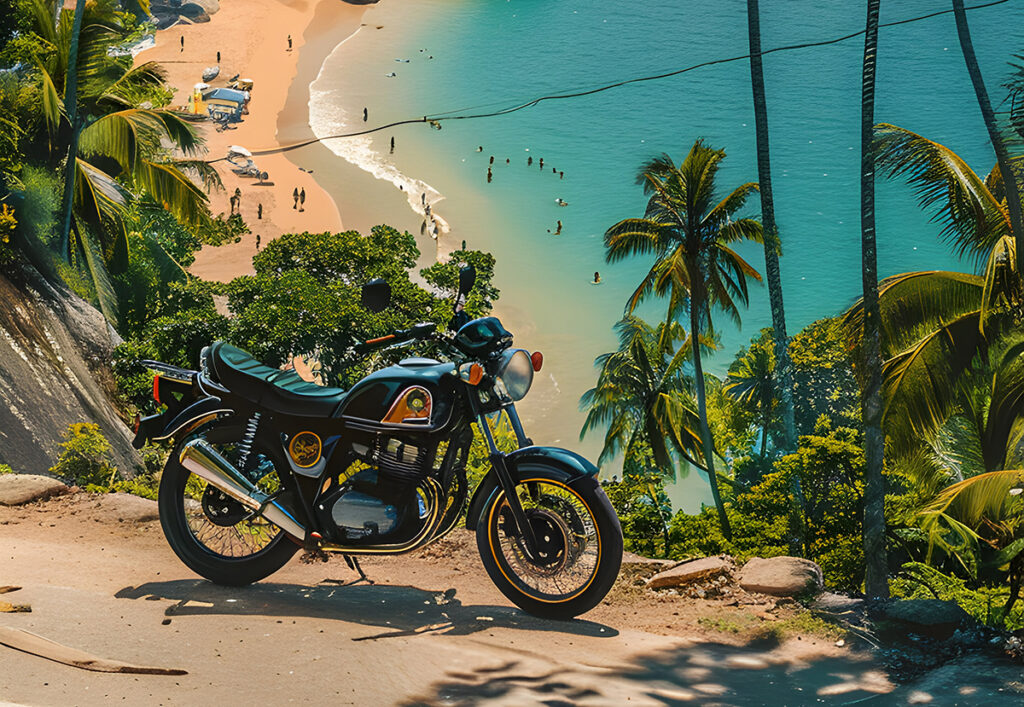
Bike rental in Phuket in 2025: how much does it cost, what are the pitfalls, and is a car a viable alternative
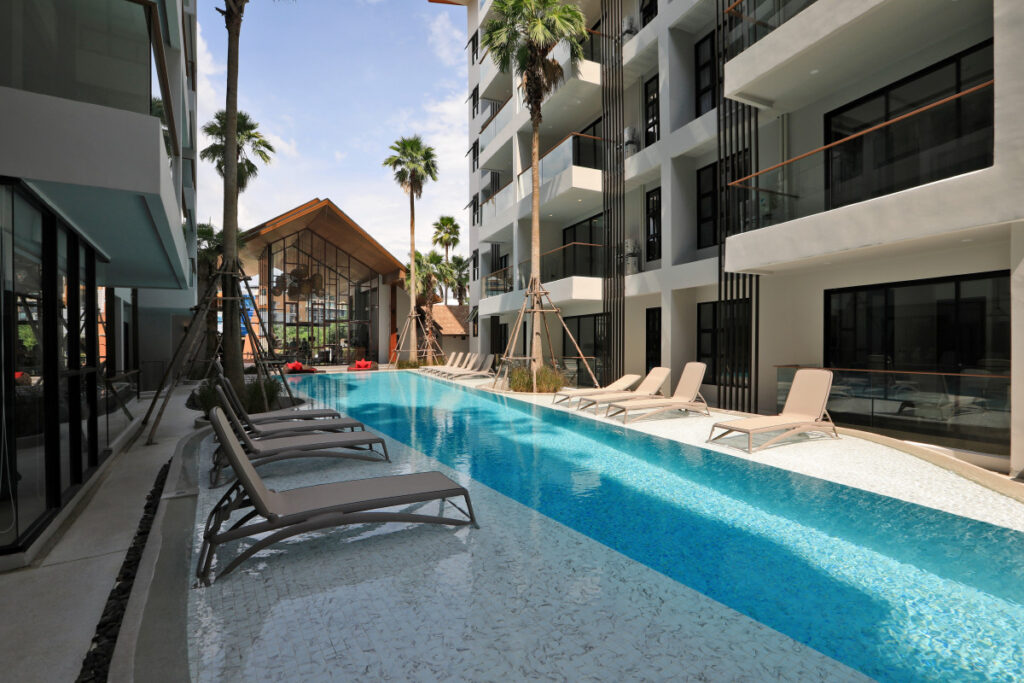
Choosing Between a Hotel and an Apartment in Phuket 🌴
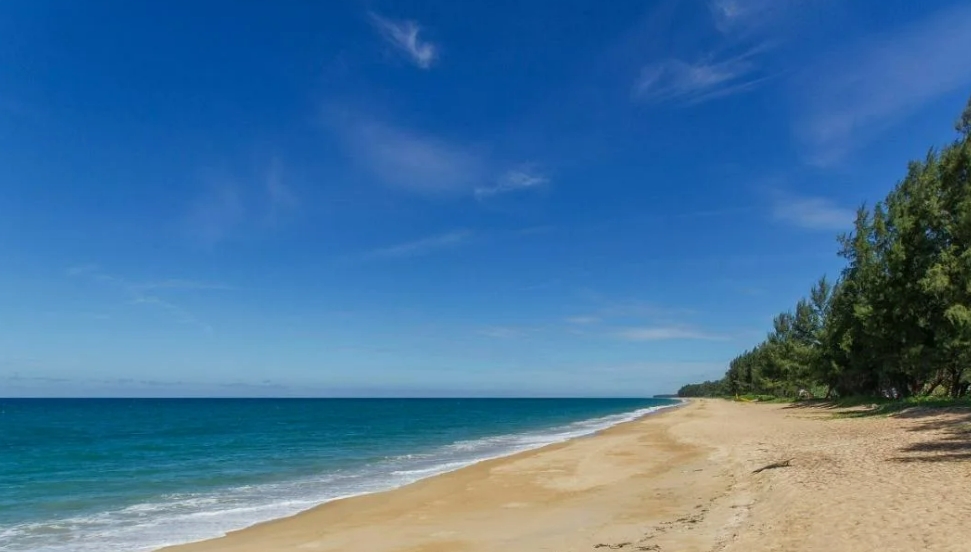

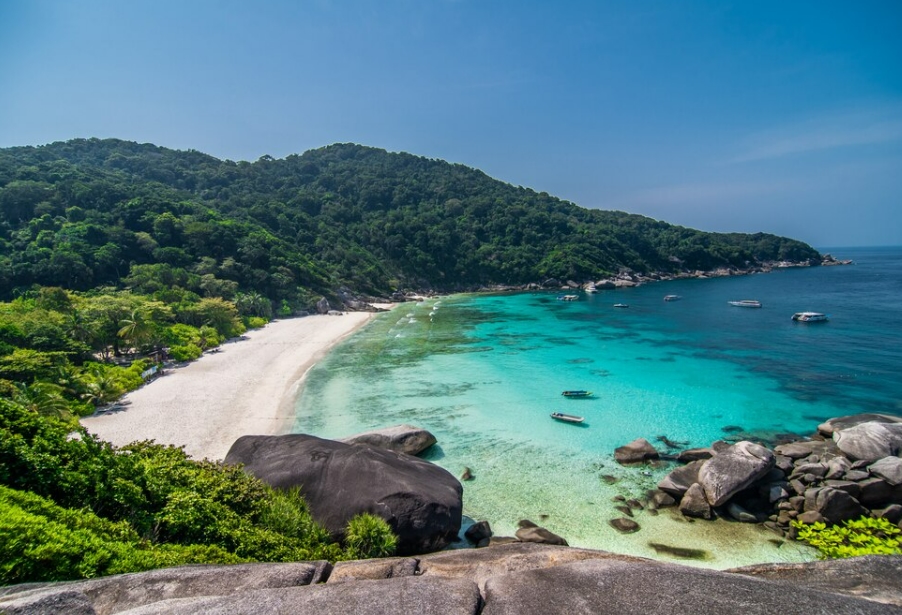

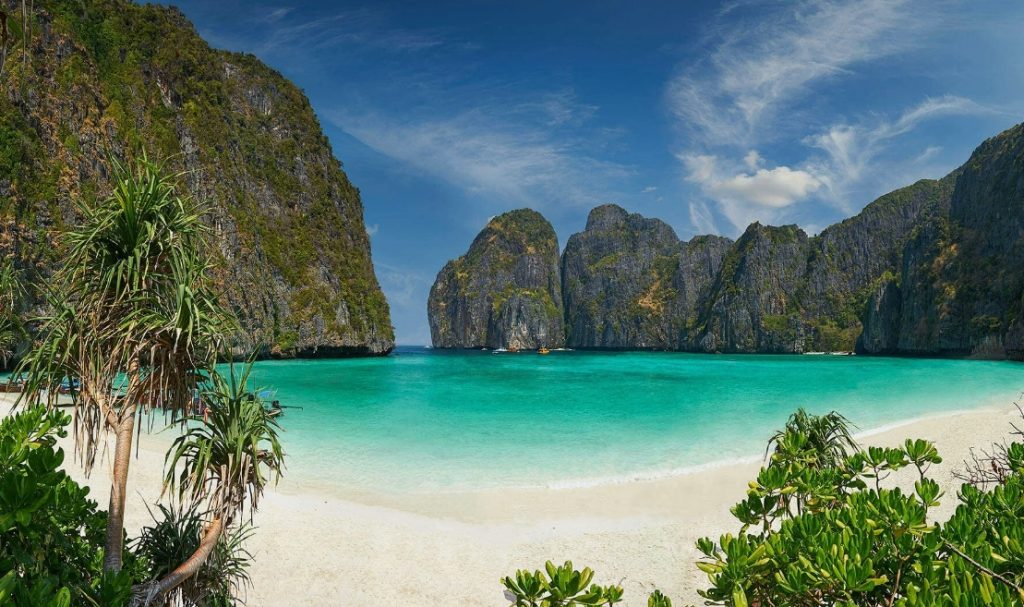

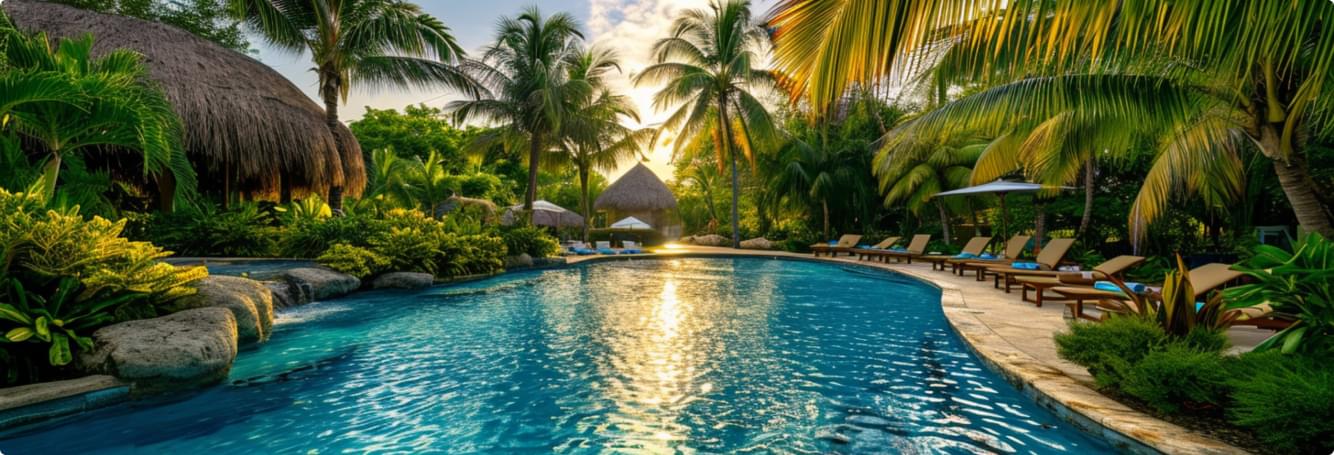
Send a comment